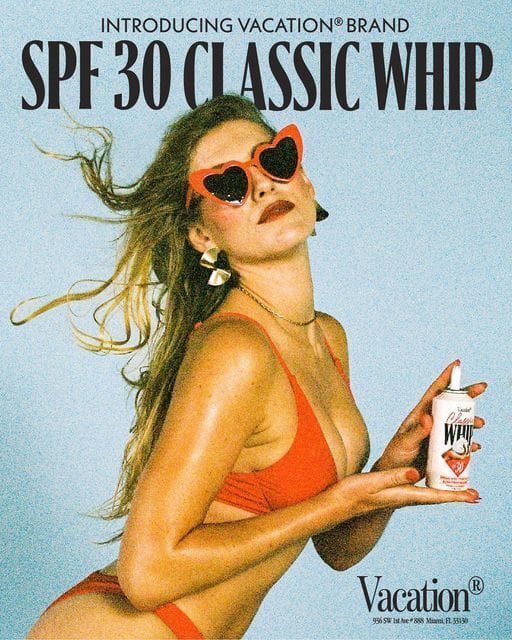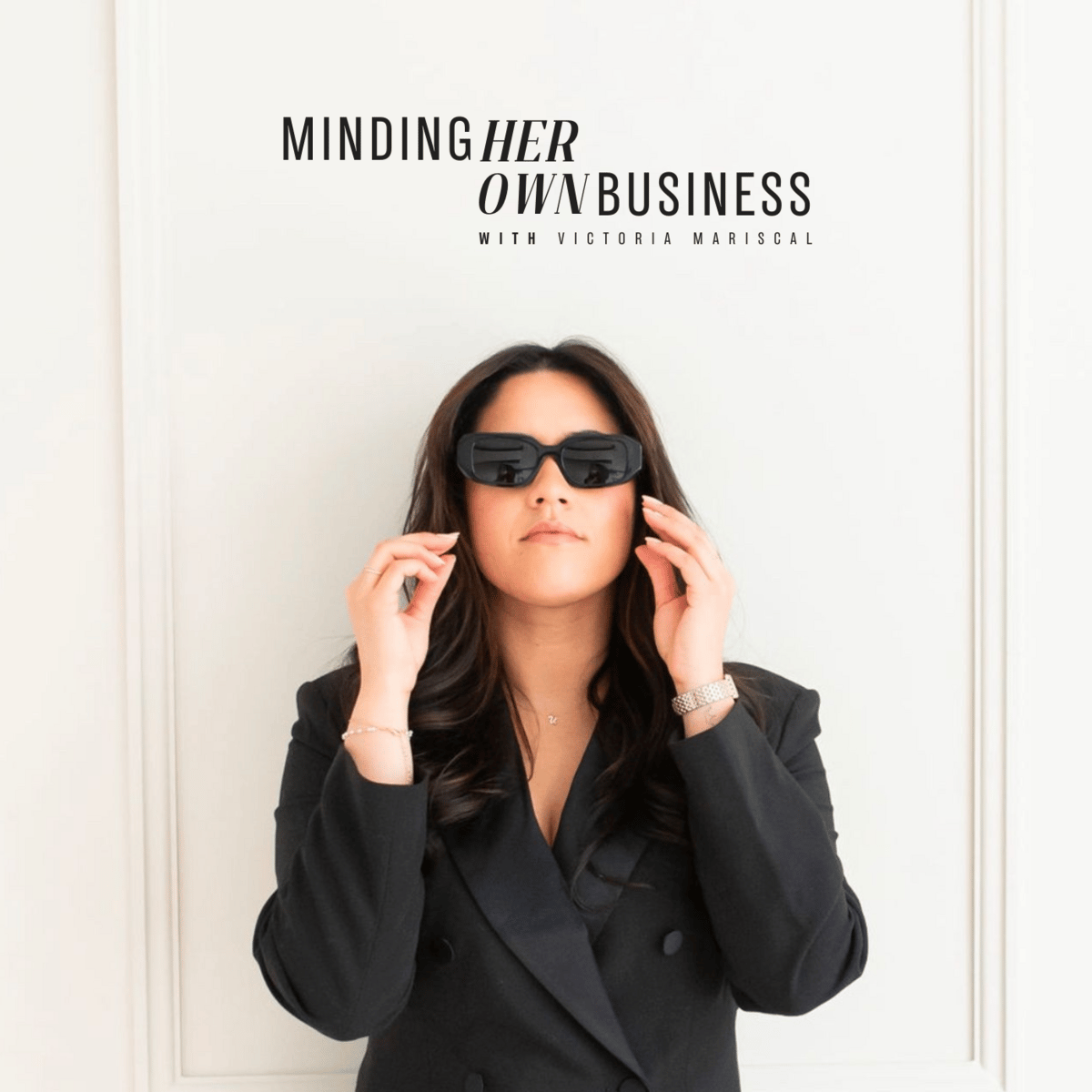Every business strategist will tell you to find your category and dominate it. Identify your competitors, analyze their weaknesses, position yourself as the better option within that same space. This playbook worked when markets were smaller and consumer attention spans were longer. Today, it's a blueprint for mediocrity.
The brands winning right now aren't trying to be the best sunscreen, the healthiest soda, or the most comfortable shoe. They're rewriting the rules entirely. While their competitors fight over scraps in oversaturated markets, category creators are building monopolies around problems nobody knew they had.
I was scrolling through TikTok recently when I came across this girl showing off her Crocs phone case. Not a phone case that looked like Crocs, but an actual Crocs-branded case, complete with those little charm holes so you can bedazzle your device with tiny Jibbitz. My first reaction was "this is either genius or completely unhinged." After looking at the numbers, it's definitely genius.
This made me think about the pattern I've been noticing across industries: the smartest brands have figured out that the real opportunity isn't in beating the competition. It's in making the competition irrelevant by playing a completely different game.
Whipped for Sunscreen
When Marty Bell, Lach Hall, and Dakota Green launched Vacation in 2021, they entered one of the most commoditized categories in beauty. Sunscreen was functional, clinical, something people felt obligated to use rather than excited about. The category was dominated by massive companies competing on SPF numbers and dermatologist endorsements.
Instead of trying to out-science the giants, Vacation completely reimagined what sunscreen could represent. They positioned their Classic Whip SPF 30 not as protection, but as a luxury experience that happens to provide sun care. The product literally dispenses like whipped cream from an authentic tilt valve actuator, making application feel like a ritual rather than a chore.
Their marketing reads more like a vintage vacation postcard than traditional suncare advertising. Everything from their retro packaging to their nostalgic copy evokes poolside glamour from the 1980s. Working with perfumers Carlos Huber of ARQUISTE and Rodrigo Flores-Roux of Givaudan, they created a signature scent with notes of coconut, banana, pool water, pool toy, and swimsuit fabric that transports users to their happiest summer memories.
At $22 for a 4oz can, Vacation commands nearly triple the price of drugstore alternatives. They're not selling sun protection anymore. They're selling the fantasy of being that effortlessly cool person who looks amazing at the beach. By creating the "nostalgic luxury suncare" category, they captured customers willing to pay premium prices for products that make SPF application feel as indulgent as applying expensive perfume.

When your marketing makes SPF feel like a luxury vacation memory instead of a health obligation.
The genius was understanding that their real competition wasn't other sunscreens. It was in every other step in someone's beauty routine competing for that same emotional satisfaction and Instagram-worthy moment.
A Functional Indulgence Revolution
Allison Ellsworth's journey from Shark Tank contestant to $1.95 billion PepsiCo acquisition represents one of the most successful category creation stories in recent business history. When she and husband Stephen launched what would become Poppi in 2018, she didn't set out to make better soda. She created an entirely new category: functional refreshment.
The traditional soda market was completely saturated and declining. Consumers increasingly viewed regular soda as unhealthy, but existing alternatives felt like compromises. Diet sodas tasted artificial. Sparkling waters lacked flavor excitement. Kombucha was too funky for mainstream appeal. Poppi identified this gap and positioned itself as "soda, but make it healthy."
Their breakthrough insight was that people didn't want to give up the ritual and pleasure of drinking something fizzy and flavorful. They just wanted to feel good about it. So Poppi reformulated the entire concept around gut health benefits, using prebiotics and apple cider vinegar to create drinks with no more than 5 grams of sugar that actually provided functional benefits.
The messaging strategy was brilliant: instead of competing with Coca-Cola on taste or with health drinks on benefits, they created their own lane where indulgence and wellness coexist. Their bright, neon packaging and celebrity investors like Post Malone and Olivia Munn positioned them more like a lifestyle brand than a beverage company.
With $500 million in 2024 revenue and distribution in over 36,000 retail locations, Poppi proved that modern consumers refuse to accept trade-offs between pleasure and health. By creating the "better-for-you soda" category, they captured the premium that comes with solving an emotional conflict consumers didn't even realize they had.
From Food Service Flats to Gen Z’s Self-Expressed Soles
Crocs' transformation represents one of the most dramatic category pivots in business history. For years, they were pigeonholed as "ugly but comfortable" shoes for healthcare workers and chefs. Functional, yes. Fashionable, absolutely not. They could have stayed in that lane, fighting with other comfort brands over market share.
Instead, Crocs stopped fighting their reputation and started leaning into their unique position as a canvas for personal expression. The breakthrough innovation was treating Jibbitz charms not as an add-on, but as the core value proposition. Suddenly, Crocs weren't just shoes. They were a customizable platform for showing the world who you are.
Their collaboration strategy amplified this positioning. High-fashion partnerships with Balenciaga ($850 platform clogs that sold out immediately), celebrity collaborations with Bad Bunny (glow-in-the-dark space-themed clogs), and brand partnerships with McDonald's (character-themed collections) transformed Crocs into collectible fashion statements rather than just comfortable footwear.
Each collaboration generates massive social media buzz and often sells out within minutes, creating a scarcity-driven hype cycle typically associated with luxury drops. The recent phone case expansion perfectly illustrates their evolved thinking. At $69.99, these aren't competing with traditional phone cases. They're targeting the same self-expression impulse that drives people to customize their shoes with charms.
Crocs proved that even the most utilitarian brands can become cultural symbols when they understand what they truly represent to customers. They stopped trying to convince people they were beautiful shoes and started celebrating their role as a form of creative expression.
What Soda, Shoes, and SPF have in Common
Looking across these case studies, several patterns emerge that any business can apply. First, each company identified an emotional or functional gap in their category that existing players were ignoring. Vacation saw that sunscreen felt clinical and boring. Poppi recognized that consumers wanted indulgence without guilt. Crocs understood that people craved self-expression in unexpected places.
Second, they all redefined their competitive set by changing the conversation. Instead of competing on traditional metrics like price, performance, or distribution, they created new metrics around experience, values alignment, and emotional resonance. This allowed them to charge premium prices and build loyal communities rather than fighting price wars.
Finally, each brand is committed to education and evangelism rather than just marketing. Community is at the core of what they do, and they truly listened to what people wanted. They didn't assume customers would immediately understand their new category. They invested in content, community building, and cultural storytelling to help people understand why this new way of thinking about their product made sense.
The broader lesson is that traditional category boundaries are increasingly meaningless. Markets are oversaturated, consumers are overwhelmed by choice, and breakthrough growth requires breakthrough thinking. The brands winning today are those brave enough to ignore industry conventions and smart enough to create their own rules.
Category creation isn't about clever marketing copy nor a cut and past GPT prompt. It requires fundamentally rethinking what problem you solve, who you compete with, and why people really buy from you. When done right, it transforms businesses from price-competing commodities into premium-commanding experiences that customers can't imagine living without.
The opportunities are everywhere for brands willing to look beyond what they make and focus on what they enable. In oversaturated markets, differentiation isn't about being better. It's about being different in ways that actually matter to the people you serve.
Have ideas for future newsletters?
Hit reply and let me know what you'd like to see!
XX

P.S. Did you love this edit? Take 5 seconds to forward this to a friend who could use some no-bull advice and insights to get them through those “life is life-ing” days.








